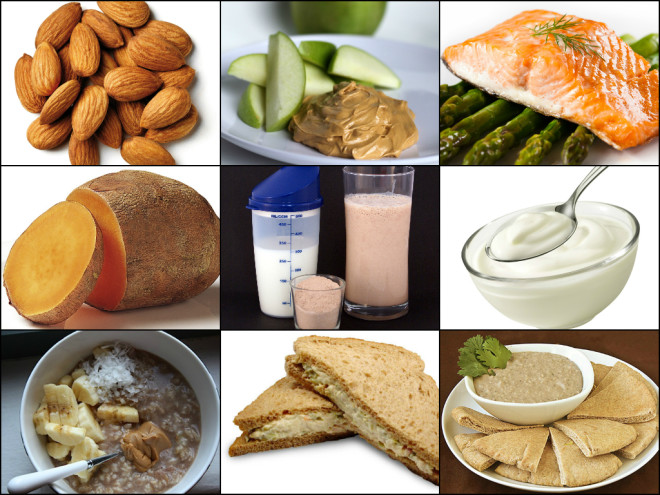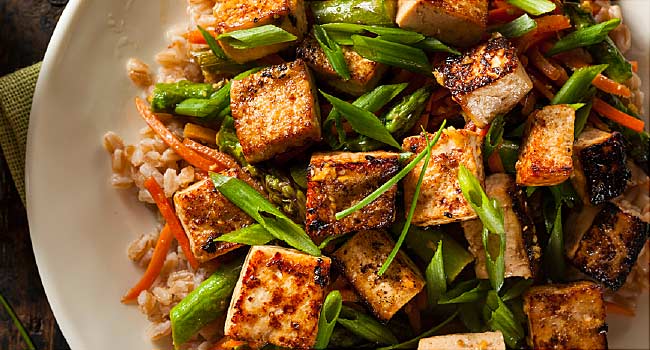STRENGTH TRAINING
Why Start Strength Training?
It’s not just to get big muscles and look buff. Your bones will get stronger, too. And it can help your balance and coordination, which means you’re less likely to fall and hurt yourself. More muscle also means you burn more calories when you’re doing nothing at all, which can help keep off extra pounds. You’ll appreciate these benefits as you get older and start to lose muscle mass.
You don’t need a lot of equipment . Pushups, pull- or ups, and other “body weight exercises” can help build up your muscles and make it easier for you to work out longer. Simple props like elastic resistance tubing and giant inflatable balls can help with some movements. And don’t be afraid to switch it up. More variety may help you get stronger.
Free Weights
“Free” doesn’t have to do with money. It means the weights aren’t attached to a machine. If you’d rather train at home, start small with a couple of hand dumbbells. You can always add weight or take it away. A larger barbell and weight bench put variety in your routine.
Be carefuL! It’s easier to injure yourself with free weights than weight machines, so make sure you learn how to use them the right way.
Weight Machines
When you use one of these, you work one muscle group at a time. Though they’re usually safer because they’re better at keeping you in the right position, they may not provide as natural a motion as free weights. And weight machines generally cost more, whether you buy one to use at home or pay for a gym membership.
Check with your Doctor
If you’re not used to exercise and you’re middle-aged or older, check with your doctor before you start strength training. Also talk to him if you smoke, have a health condition, or you’re overweight. Stop an exercise or lower the weight you’re lifting if it causes pain. If it doesn’t go away, see your doctor or a training specialist.
Talk to a Personal Trainer
It’s important to do your strength exercises the right way. It lets you get the most from your hard work and keeps you from hurting yourself. If you go to a gym, ask the experts there to watch you and make suggestions. If you like to work out at home, hire a certified professional trainer, who can check your technique and even help design your training routine.
How Often Should You Train?
Your muscles need rest to grow. A good rule of thumb is to work each muscle group twice a week. For example, you could alternate your upper and lower body every day, or do a full body workout 2 or 3 times a week.
Just remember that your muscles need a full day’s rest before the next workout. It’s also a good idea to train all your major muscle groups. When one of them is much more developed or less developed, you can injure yourself. ]
How to Choose a Starting Weight
No matter your age, take it slow when you begin training, so your body has a chance to get used to it. Don’t be afraid to start with just a bare barbell or dumbbell bar to learn the right motion. When you’ve got that down, you can put on weights. You should be able to do 8-15 repetitions in comfort.
Add More Weight When You’re Ready
Once you have your technique down, you’ll want to add weight slowly. For good results, you should feel like you can’t do anymore as you get to the end of a set of 12-15 repetitions.
Check your form. If it breaks down with more weight, then you may be doing more harm than good. Take some off. When it gets easier, or you can do more than a full set with good form, add more weight.
Breathe
You may feel like you want to hold your breath when strength training. Don’t do it. Try to breathe out as you lift the weight and breathe in as you lower it. It will improve your performance and may help stop injuries like a hernia. If it’s hard to breathe, you may be using too much weight.
Warmup IS ESSENTIAL !
You can injure your muscles more easily when they’re cold. So warm up with 10 minutes of jogging or biking. Even a brisk walk should do it. You can combine that with some simple exercises, like jumping jacks and lunges.
SQUATS
It’s best to work with an expert to learn this one and start with little or no weight. You should feel the biggest effort from your legs and lower yourself as if sitting down. Try not to round your back.
Follow this style:
* Turn your feet slightly out and keep them at shoulder width.
* Pull your shoulders back and down, and keep them above your hips.
* Push your chest out.
* Try to keep your knees from moving past your toes as you get lower.
DO A WALL PUSH UP
You won’t need any equipment besides a sturdy wall. It can help strengthen your chest, shoulders, and arms.
* Face the wall, a bit more than arm’s length away, feet flat on the floor.
* Keep feet and hands shoulder-width apart.
* Lean forward with palms against the wall at shoulder height.
* Slowly lower your upper body toward the wall, bending at the elbows.
* Hold for about a second.
* Breathe out as you slowly push yourself back up.
Learn How to Bench-Press
Lots of folks make this part of their fitness routine. Keep your shoulders back and down against the bench or floor . If you pull them forward when you lift, you’ll get less of a chest workout and you may hurt your shoulders.
Some other tips:
* Keep a natural arch in your lower back — not too much or too little.
* Use your stomach muscles as you work out.
* Try not to lock your elbows into full extension when you lift.
* Relax your neck.
HOW TO DO THE BASIC PLANK
1. Get in the pushup position, only put your forearms on the ground instead of your hands. …
2. Squeeze your glutes and tighten your abdominals.
3. Keep a neutral neck and spine.
4. Create a straight, strong line from head to toes or knee – a plank, if you will.
5. Hold that position.
CLEAN AND PRESS- single arm ( 3-5 kgs)
Squat down with a straight back and grab the dumbbell with an overhand grip. In one swift movement, lift the barbell to your shoulders and sink back down into a squat. Push up through your heels and extend your arms to press the dumbbell above your head. Lower safely to your shoulders and drop back to the floor while maintaining a straight back.
The more muscles you activate the more calories you burn when you’re doing nothing at all, which can help keep off extra pounds. You’ll appreciate these benefits as you get older and start to lose muscle mass. Good Luck!!!


